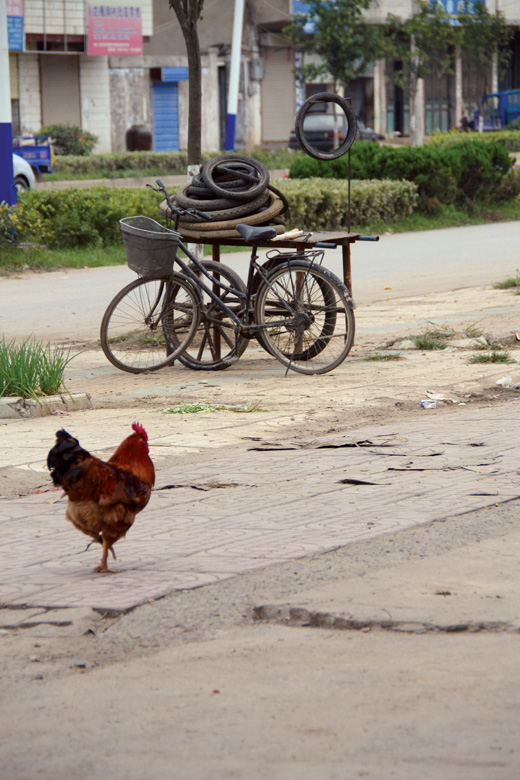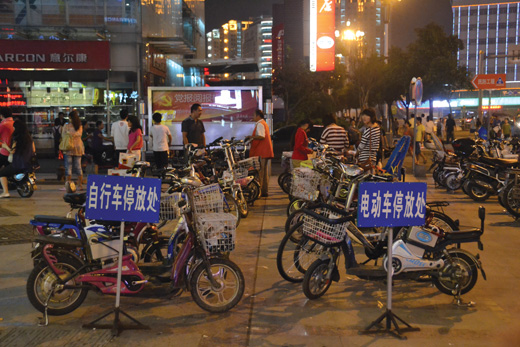In September 2011, I biked more than 1,000 miles from Beijing to Shanghai. This was no mere joyride: I was trying to gain a firsthand understanding of the bicycle’s role in Chinese life while investigating how cycling culture and bike infrastructure can be integrated into efficient and sustainable transportation design. I pedaled through a number of dramatically different communities, from the dense, teeming municipalities of Beijing, Tianjin and Shanghai to sweeping expanses of rice fields dotted with cows.
I headed to China with a multitude of questions. As the country continues to grow, how can it accommodate both cars and bikes? Cars are not affordable for many Chinese citizens, and public transportation in China’s largest cities can only accommodate 25 percent of the population. What kind of role can the bicycle play to guarantee equal access for everyone? What sort of highways, arterials and bike paths are needed to make sure people can efficiently and safely travel between established areas and the many new developments being constructed? How can the necessary infrastructure be smartly incorporated into landscape design while minimizing harmful environmental impacts?
Before I embarked on my three-week bicycle journey, I was, truth be told, terrified. But as soon as I began riding out of Beijing, I realized this place was made for bicycles. For nearly two centuries, China has placed a heavy emphasis on bikes as a primary mode of transportation. But today the conflict between tradition and modernization leaves Chinese bicycle culture at a crossroads, where it could be overtaken by new technology or grow into an important part of everyday urban life. Urban designers working in China can play a role in deciding which way the bicycle will go by determining hierarchies of circulation and providing spaces for amenities critical to thriving urban bike culture. Successful integration will help lead China toward a more sustainable future.

Bike Maintenance
Proper support and working machines are essential to maintain a lively bike culture for both utilitarian and recreational purposes. Bike stores and mechanics were everywhere along my route, set up in everything from a neon-lit retail store to a ragtag roadside stand.

Bike Security
Since the economic reform initiated in the early 1980s, bicycles have become a major target of criminal activities in China because of their availability, utility and monetary value — and because of the difficulty of securing them. Concerns about bike security hold many people back from using their bikes as a primary mode of transportation. Programming public plazas with secure bike parking — using bike valets and parking guards — offers one solution.

Controlled Traffic
Bikes must share the road with cars, pedestrians, motorcycles and electric bikes in China’s urban centers. Infrastructure designed for each of these users gives everyone — including cyclists — a sense of control and belonging. Confusion and accident rates are reduced when bike-specific traffic controls are implemented.

Cycling Culture
A poster advertises an event put on by a Beijing bike store. As the popularity of cars grows in China, there is an increasing stigma against two-wheeled conveyance. Making bikes cool again is an important step in establishing
a sustainable transportation network. This shop, with help from a bike-centric nonprofit, organizes cycling events and races to help catalyze a culture centered on bikes, with a particular focus on youth involvement.
